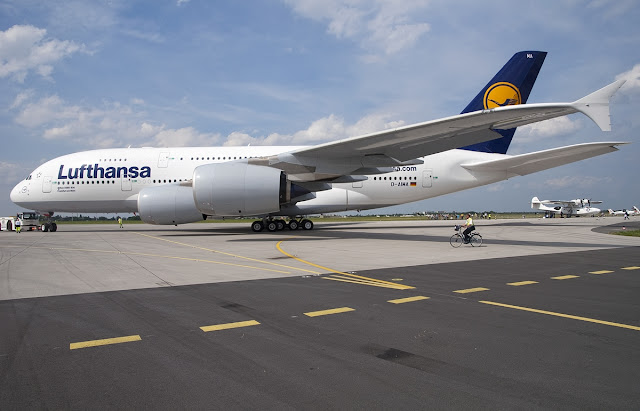SpaceX Falcon 9 Lifting Off
SpaceX on April 8 successfully recovered the first stage of a rocket Falcon 9 on the landing of an unmanned spacecraft floating in the Atlantic Ocean.
Along with the successful recovery of a platform propulsion Dragon 9 land on 21 December SpaceX has now demonstrated the basic feasibility of the recovery of the first stage of any rocket launch, if the payload is destined to be lofted the low earth orbit, geostationary orbit or proceed to the moon or another planet, like Mars.
"I think it's a good milestone for the future of space flight and another step toward the stars," says the founder of SpaceX, Elon Musk, addressing a press conference at the launch complex NASA in Cape Canaveral, Florida.
Musk mood was celebratory, but measured. He referred to the challenges and possible failures that are yet to come before the recovery of the orbital space launch vehicles becomes a case of routine. Although the first ocean recovery marked a historic achievement, the payload of the rocket - a dispensable habitat designed by Bigelow Aerospace - goes on a date with the International Space Station (ISS) on April 10.
But the goal of the ISS means that the recovered Falcon 9 booster was launched on a path of low Earth orbit. It was not until the second as the recovery of the story, but I needed to overcome much less speed and heat required for a path to a geostationary orbit. Although intended to be a simpler system test recovery of four engines, SpaceX engineers are still considered the odds of failure in about one out of three, says Musk.
The next two pitches in the Falcon 9 manifest involve payloads addressed to the geostationary orbit, says Musk.
Falcon 9 From Another Angle
The next challenge will come when SpaceX Falcon Heavy rocket presents. The reinforcement 27 with central motor intends to launch the heaviest loads to geostationary orbit, or provide enough thrust to escape Earth's gravity for a trip to the moon or Mars. Musk says he plans to unveil detailed plans to establish a colony on Mars in September in Mexico at the International Astronautical Conference.
"We still take a few years for [recovery] soft and make it efficient. But I think it has shown that it can work," says Musk. "It will probably be some failures in the future. But we're going to get it ironed out to the point where it is usual".
Space Exploration Technologies Corporation (SpaceX) is a leading aerospace manufacturer services and transportation US space based in Hawthorne, California, USA. It was founded in 2002 by former PayPal entrepreneur and CEO of Tesla Motors, Elon Musk, with the goal of creating technologies to reduce transportation costs and allow space colonization of Mars. Has developed launch vehicle Falcon 1 and Falcon 9, both of which were designed from conception to become possibly reusable, and Dragon spacecraft is flying in orbit by the vehicle Falcon 9 launch to supply the Space Station International (ISS) with the load. A manned Dragon version is in development.








